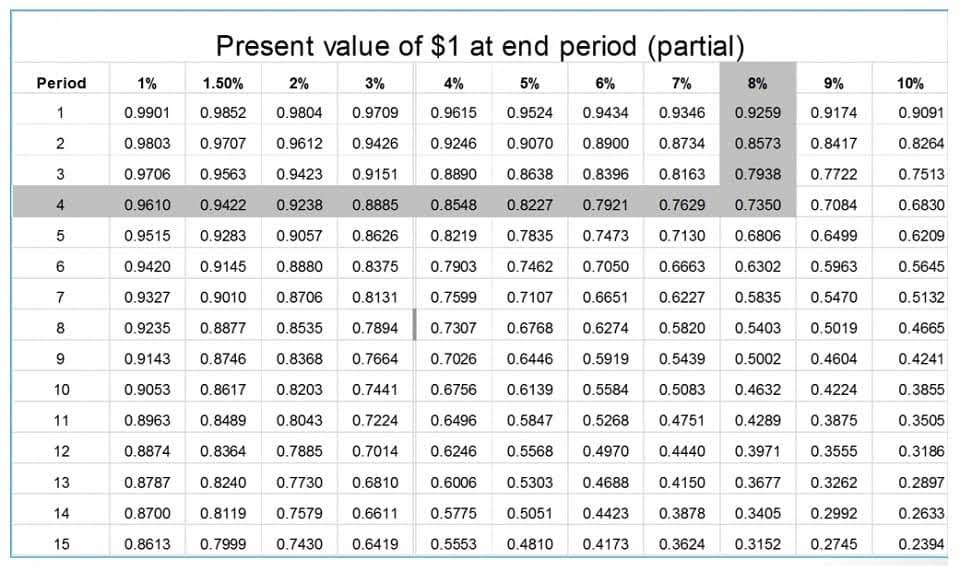
For example, company B made an error in the 2019 financial statements by not recording an amortization expense of one of the intangible assets. Stay on top of your finances with real-time access to your general ledger, balance sheet, profit and loss, and cash flow statements. Kpi.com offers monthly, quarterly, or annual management financial reports produced to local and international financial reporting standards.
Cash Flow Statement

Owner distribution is the allocation of the company retained earnings to the owners. We have completed the first two columns and now we have the final column which represents the closing (or archive) process. Either way, dividends are an important way for shareholders to generate income from their investment in a corporation. They are payments made by a corporation to its shareholders, usually as a distribution of profits. While this may seem counterintuitive, it ly quite simple once you understand how the account works with debit or credit.
Example of retained earnings statement with cash dividends paid

Dividends are the last financial obligations paid by a company How to Run Payroll for Restaurants during a period. “Retained” refers to the fact that those earnings were kept by the company. HP Inc. earned a net profit of 500,000 during the accounting period Jan-Dec 20×1. The company decided to retain the earnings for that year and utilize them for further growth.
How Do You Figure Retained Earnings?
Retained earnings represent the accumulated profits a company has kept and reinvested in its business, rather than distributing them to shareholders as dividends. This financial figure plays a significant role in understanding a company’s financial health. In accounting, retained earnings typically carry a credit balance, reflecting their nature as a component of owner’s equity.

Managerial Accounting
- This account signifies the owners’ claim on company assets derived from past earnings, not direct shareholder investment.
- We can also use these pieces of information to relate to figures in accounts receivable debit or credit.
- A statement of retained earnings is a financial statement that shows the changes in a company’s retained earnings balance over a specific accounting period.
- The amount of retained earnings can inform stakeholders about a company’s capacity for internal financing and its dividend policy.
- Its presence underscores its role in demonstrating the owners’ stake in the company and ensuring the accounting equation remains balanced.
- This profit signifies an increase in the company’s overall wealth, and as such, it contributes to the accumulated earnings retained within the business.
By understanding and effectively managing retained earnings, businesses can reinvest in growth opportunities, pay down debt, and improve overall financial stability. Finally, calculate the closing balance of retained earnings for the current period. This involves adding the net income or subtracting any net loss reported from the opening balance, followed by deducting dividends. This final total provides the earnings retained by the company at the end of the period and will be the opening balance for the next period’s retained earnings statement. An accumulated deficit primarily arises from two distinct financial scenarios, often occurring in combination. One common cause is sustained periods of net losses, where a company repeatedly spends more than it earns.
- Conversely, when a company has net income, the earnings account is credited.
- Therefore, any transaction that positively impacts retained earnings will be reflected as a credit to this account.
- When this happens, the credit balance from previous years’ profits is offset against the current year’s loss, resulting in a negative earnings balance.
- This account is part of the Share Capital section of a company’s balance sheet and can be used for reinvestment in the business or to pay down debt.
- Net income, which represents a company’s profit, increases retained earnings, recorded as a credit to the Retained Earnings account.
An alternative to the statement of retained earnings is the statement of stockholders’ equity. So for example there https://rappi.savingtheamazon.org/2021/03/16/form-5-accounting-transaction-analysis-exercise/ are contra expense accounts such as purchase returns, contra revenue accounts such as sales returns and contra asset accounts such as accumulated depreciation. The journal entry is debiting accounts receivable of $ 5,000 and credit retained earning $ 5,000.

This is because retained earnings are an equity account, and consistent with accounting rules, equity accounts increase with credit entries. A credit balance in retained earnings indicates that the business has accumulated an aggregate profit over its operational history that has not been paid out to shareholders. is retained earnings a debit or credit Beyond the balance sheet, the statement of retained earnings (or statement of changes in equity) provides a detailed reconciliation of the retained earnings balance over a period. It then adds net income (or subtracts net loss) for the current period and subtracts any dividends.
